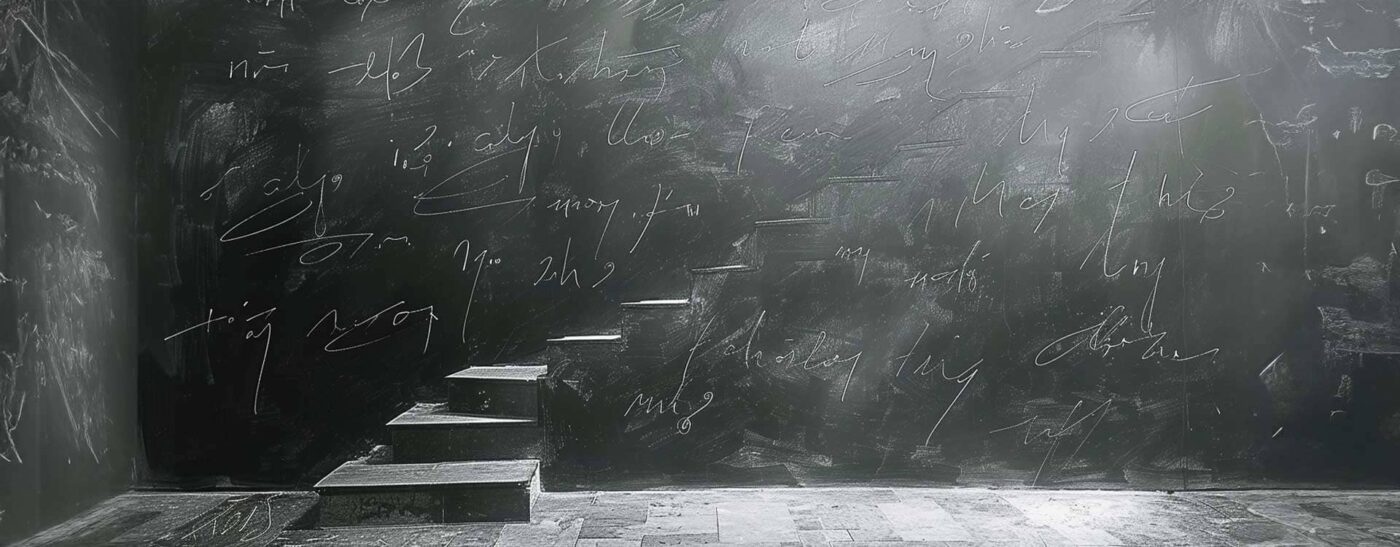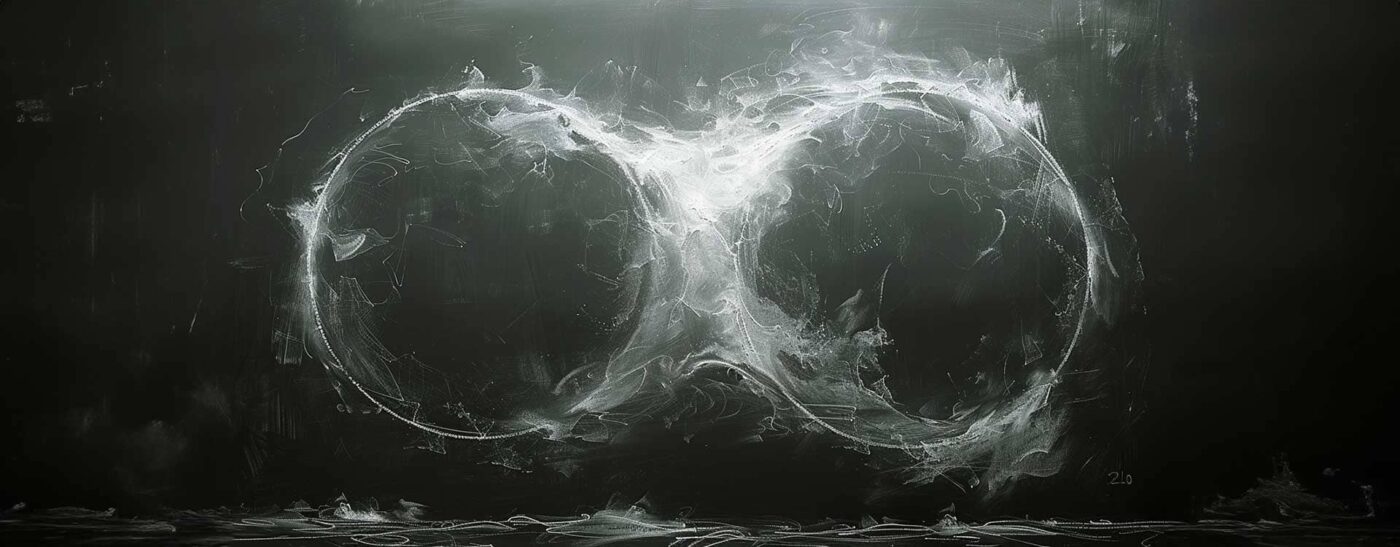Over the course of 30 years working in design, I’ve always been moved by the human capacity to innovate and create. Recently, like many of us, I’ve found myself reflecting on how artificial intelligence is reshaping our careers, especially in the field of creative activities. So, I ask myself: what will be governed by human neural networks or machine algorithms?

Creative models
Since the beginning of my career, creativity has been the driving force behind my work and my vision as an entrepreneur. The obsession with innovation and the often-limitless search for new ways of thinking and creating has always accompanied me. Three decades ago, I empirically adopted a model that I called dual, for the execution of design solutions in their most varied aspects (graphic, product, environmental, service, business, etc.), an approach that integrates analytical and creative thinking at the same time. It took me 15 years to fully understand the effectiveness of the fundamental result of this model, which I called the Key idea, a common name in other methodologies, but which in my case was associated with a very particular process. Through the metaphor of the Lemniscate, I created symbolism and ritual for a dynamic and iterative process of constant alternation between analytical-critical thinking (based on intelligence) and intuitive-creative thinking (based on creativity) – and structured the model to work on the construction of powerful design concepts and solutions, the key ideas.
In 2010, I documented my methodologies through flexible and clear frameworks, with the aim of helping new designers at the then B+G (now CBA B+G) to achieve powerful ideas more quickly. As the framework was very flexible and broad, I also added other practical components to the method, including for example the insights matrix and mind maps, tools that stimulate the creation of ideas through creative simulation (not necessarily creativity), in other words – the generation of ideas from formulated and often linear processes that partly replace the spontaneous and intuitive creative process (real creativity).
These models, almost magical formulas used to arrive at a result from an intelligent and very rational process, helped my professionals in two ways: the less experienced were able to arrive at satisfactory results and the more experienced were able to speed up the path to real creativity enormously. And I understood at the time that the simulation of creativity through these models was on the border between analytical thinking and real creativity itself, often making it difficult for an unsuspecting critic to discern between truly creative ideas and solutions based on methodological constructs which I also began to adopt as a ‘warm-up’ or accelerator of real creativity.

Habemus Artificialis Intelligentia!
Now, with the advent of generative artificial intelligence, it is fascinating to consider how technology can once again influence and enhance real creativity. The ease of LLM models, coupled with the ability of algorithms to learn and produce new instances based on pre-existing data and models, complements human divergent, intuitive and spontaneous thinking, offering new perspectives and, consequently, new possibilities for creativity, which particularly impacts all of us in the creative industry. Barely comparing, but already comparing, from the point of view of real creativity, generative models based on AI are like the linear methods for simulating creativity that I adopted 15 years ago. They don’t replace what I’m calling real creativity here, but they are incredible accelerators.
If a human activity can be formulated, it can be replaced.
Our intelligence doesn’t create anything on its own, but it does provide us with the analytical capacity to concatenate the bases for generating a spontaneous idea. In other words, the proposal of the dual model for arriving at the new Key idea, which on the one hand works with intelligence (analytical-critical thinking) and on the other with creativity (intuitive-creative thinking) already offered, in principle, a process for both simulated creativity and real creativity, depending on the professional’s experience (cognitive knowledge), time and depth dedicated to the project. In other words, except for real creativity, any ability to formulate processes in a structured way can be passed on to AI systems. And this suggests that almost all predictable, tested and formulated activities that do not require ethical, moral and cultural context components can be replicated by the algorithms of this technology.
However, real creativity, which involves intuition, emotion and non-linear thinking, is still a distinctively human area. On the intelligence side, morality, ethics, conscience, resolving emotional conflicts and understanding social contexts are also still intrinsic aspects of humanity. These are fields that go beyond the execution of tasks or the reproduction of supposedly creative or intelligent patterns.

A philosophical look at the prompt
The prompt, in the context of generative platforms, is a fundamental piece in the connection between human and computational capacity. It serves very well as a metaphor for the ‘human algorithm’ in the interaction between human and artificial intelligences, between real human creativity and the simulation of machine creativity, representing the perfect link between these two human cognitive capacities and their generative counterparts based on analogous data and formulas proposed by or for the machine. The same will happen with its cousin-brother in the next generation of human-machine interaction to dominate the scene, voice command.
Faced with the challenge posed to analytical thinking, and reflecting on artificial intelligence, which is taking over a lot of space that we once thought was exclusive to human intelligence, I point to the indisputable opportunity to understand and preserve the essence of the components of human intelligence that are still irreplaceable, such as ethics and real creativity. I believe that the interaction between these intelligences reveals two major fundamental axes of evolution in design and beyond: one, which advances through the ever-increasing connection between the human and the synthetic, and a second, which puts the human back in its rightful dimension, potentially removing from our hands and minds all the automated, mechanical and process occupation that we have created for ourselves and overvalued over decades of our history. Let us take advantage of this unique moment to become human again, in the best way possible.
Luís Bartolomei, CEO CBA B+G

